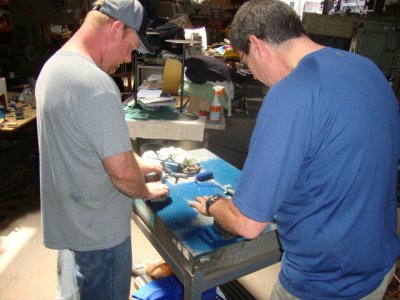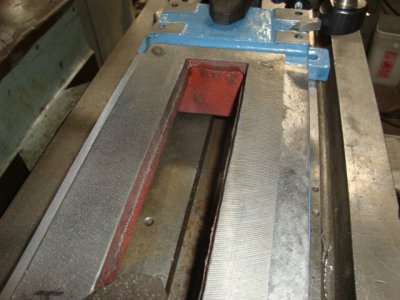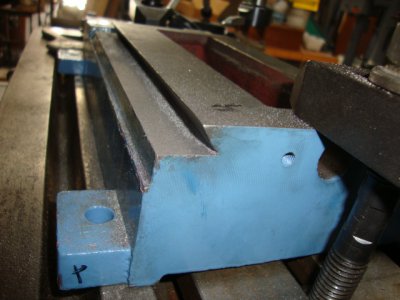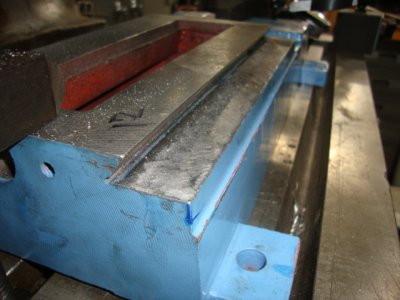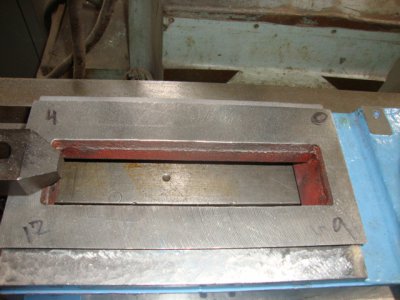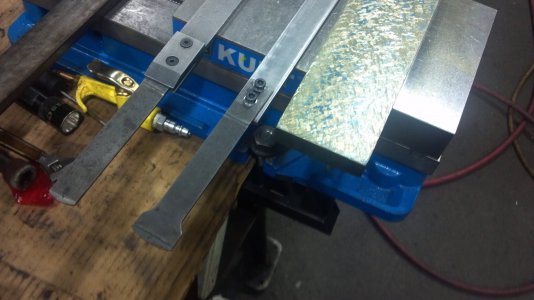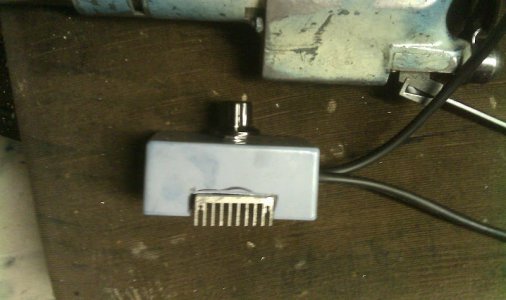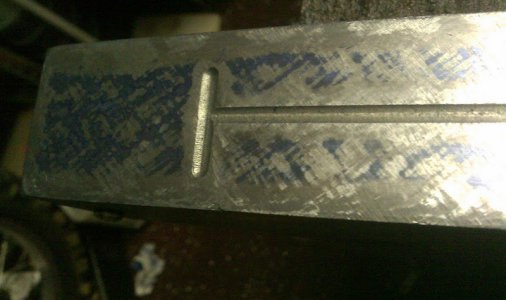- Joined
- Jul 1, 2012
- Messages
- 1,356
Tonights project complete! I know am a proud owner of a 150 long scraper shank. Made it from 6mm gauge plate that I found in the scraps at work. 19mm wide, 150 long overall, thin section 2mm. The insert is the one that came on my sandvik scraper and so is the top of the clamp.
Tried a first cut on the base ways and am very very pleased! I don't have to worry about the blade kicking back, the cutting is more controlled and best of all, when I am not scared of the initial touch. Jack hammer be gone!!!! The other R60 stubby will be retired for use with the hand scraper, with the extra length I find I have better control.
View attachment 54774
Well worth the effort....
Thanks Richard!
Now grind the blade with a tighter radius. I would grind the bade to a 60 mm radius. It now looks like a 150 r. Those flat blade tips can let you scratch the part when the corner of the blade digs in. I tell my students those blade come ground to a 120 or 150 and those Sandvik are straight I think. If your scraping soft gray iron grind the blade at a negative 5 deg on both sides. One thing you can do with an clamp on insert is to grind all 4 sides of the blade. You can grind a 120r on one side, a 90 r on another and a 60 r on 2 sides. Be sure to use a 300 grit diamond wheel or finer to get a cut with no little scratches from a roughed finish blade. With that new longer blade holder you will think your scraping butter. A happy Scraper makes a good scraper ..ha ha Rich


